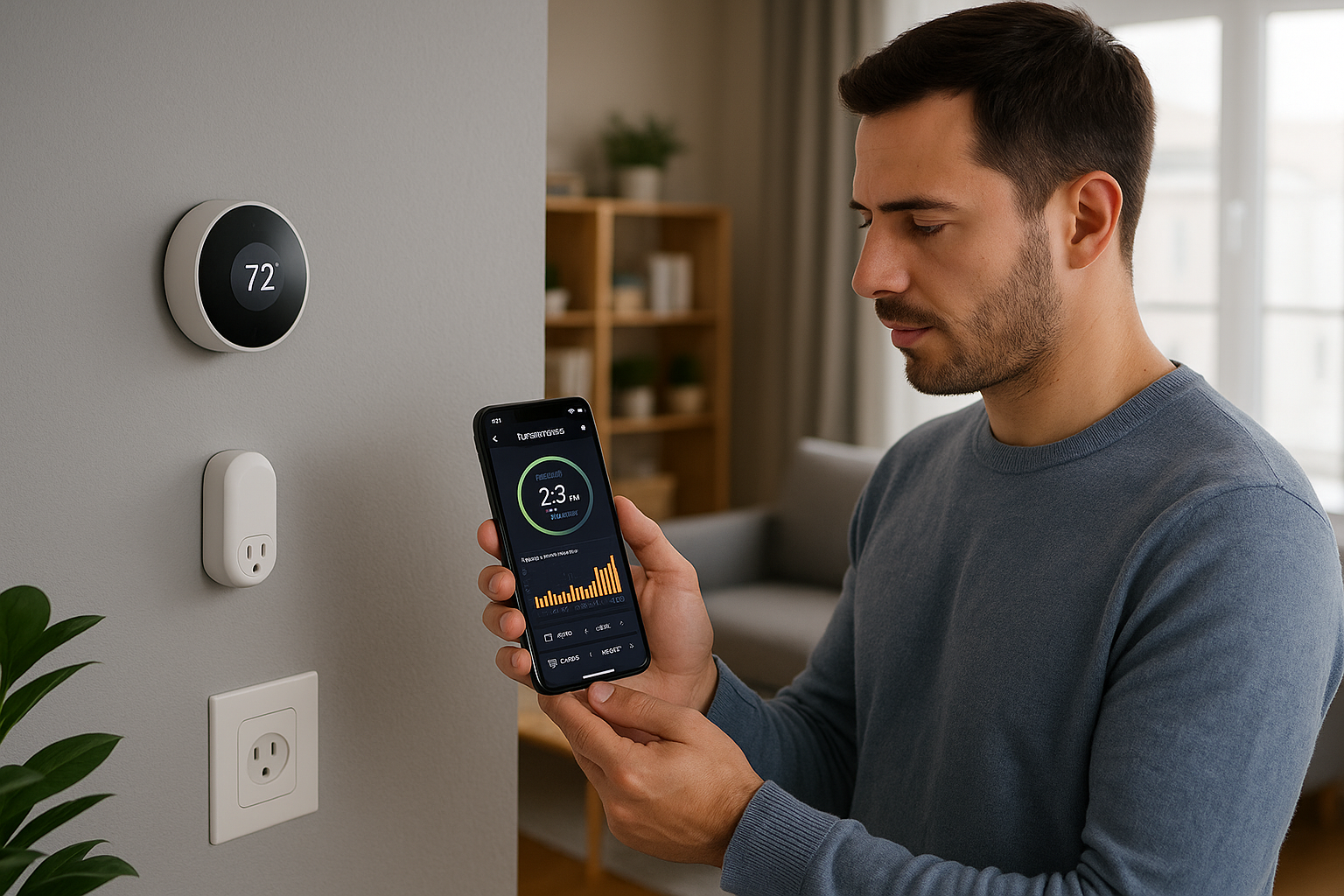AI-driven IoT system promises real-time home energy optimization
The researchers designed a mobile application that functions as a central interface for energy monitoring and optimization. The system employs IoT devices and wireless sensor networks to continuously track energy usage across various household appliances. These real-time data inputs are processed using ANN models, which analyze consumption patterns and predict energy needs dynamically.

Researchers have developed an intelligent system that could redefine household energy management through the convergence of Internet of Things (IoT) technology and Artificial Neural Networks (ANN). The findings of the study are published in a paper titled "IoT-Driven Intelligent Energy Management: Leveraging Smart Monitoring Applications and Artificial Neural Networks (ANN) for Sustainable Practices", in the journal Computers.
The research addresses the growing challenge of energy mismanagement, particularly in residential settings where inefficient energy use leads to economic and environmental consequences. While prior efforts have explored IoT and ANN independently, this study proposes a novel integrated approach.
How can smart technologies reduce household energy waste?
The researchers designed a mobile application that functions as a central interface for energy monitoring and optimization. The system employs IoT devices and wireless sensor networks to continuously track energy usage across various household appliances. These real-time data inputs are processed using ANN models, which analyze consumption patterns and predict energy needs dynamically. The outcome is a responsive system that can not only highlight inefficiencies but also recommend and execute corrective measures. By providing scenario-based simulations and adaptive profiles based on household behavior, the application tailors energy-saving strategies to specific users.
The smart app's capacity to simulate usage patterns and remotely control devices empowers users with insights and tools to minimize energy waste. Furthermore, it promotes proactive energy behavior by delivering real-time feedback on the environmental and financial impacts of user choices. This system aligns well with the growing push for greener technologies that empower users to take responsibility for their energy footprint.
What role do artificial neural networks play in sustainability?
Artificial Neural Networks serve as the predictive backbone of the energy management system. They facilitate data-driven decision-making by learning from historical and real-time energy consumption patterns. This allows the system to forecast upcoming energy needs and automate device operations to match predicted usage, thus optimizing efficiency without requiring constant manual adjustments.
The ANN models enhance the system's ability to handle complex, nonlinear data inputs that characterize real-world household energy behavior. By mapping these intricate relationships, the system can suggest operational changes in appliances such as heating, ventilation, air conditioning, lighting, and entertainment systems.
Additionally, the model accounts for fluctuations in occupancy, time-of-day usage, and individual habits. Through adaptive learning, it evolves alongside user behavior, ensuring sustained relevance and effectiveness over time. The authors argue that this level of personalization is critical to securing long-term user engagement and measurable energy savings. More importantly, the adaptability of ANN enables it to continuously refine its recommendations, which is essential in dynamic residential settings where energy needs vary frequently.
This intelligent adaptability also reduces the need for user intervention, creating a seamless experience that blends automation with efficiency. It addresses a common shortfall in earlier smart energy tools, which often required constant manual input or failed to adapt to real-life user patterns.
Can this system bridge the gap between theory and real-world application?
The researchers conducted rigorous testing of the system architecture, validating the integration of IoT hardware with ANN software within a mobile environment. These simulations confirmed the platform's ability to dynamically monitor, assess, and optimize energy consumption in various household contexts.
The system’s architecture is designed for scalability, making it suitable for broader deployment in urban and suburban settings. Its user-centric features are accessible through a mobile interface, which aligns with the increasing reliance on smartphones for home automation. Additionally, the interface is designed to be intuitive, lowering the barrier to entry for users with limited technical proficiency.
The study also highlights the potential for this system to contribute meaningfully to global sustainability goals. By targeting individual household behavior, the platform enables bottom-up environmental impact reduction. This aligns with emerging trends in decentralized energy management and smart city planning. Moreover, it complements top-down energy efficiency programs by giving households the tools and information needed to participate directly in conservation efforts.
Besides environmental benefits, the researchers highlight significant economic implications. By reducing unnecessary energy usage, households can see tangible reductions in utility bills. On a national scale, widespread adoption could lessen pressure on electricity grids and reduce dependency on non-renewable energy sources.
While the research focuses on simulations rather than physical deployment, the authors outline a clear path toward implementation. They call for further research and pilot programs to evaluate system performance in live environments. If realized, this solution could shift the paradigm of energy consumption from passive use to intelligent, informed, and sustainable engagement.
The system is also poised to evolve further by incorporating upcoming innovations such as blockchain for secure data exchange or integration with renewable energy sources like solar panels. The authors suggest future iterations could include community-level aggregation of energy insights to support neighborhood-wide optimization.
- READ MORE ON:
- IoT energy management
- smart home energy systems
- ANN-powered energy optimization
- real-time energy monitoring
- AI-powered smart home energy management system
- how IoT improves household energy efficiency
- sustainable energy solutions for smart homes
- IoT-based household electricity optimization
- FIRST PUBLISHED IN:
- Devdiscourse










